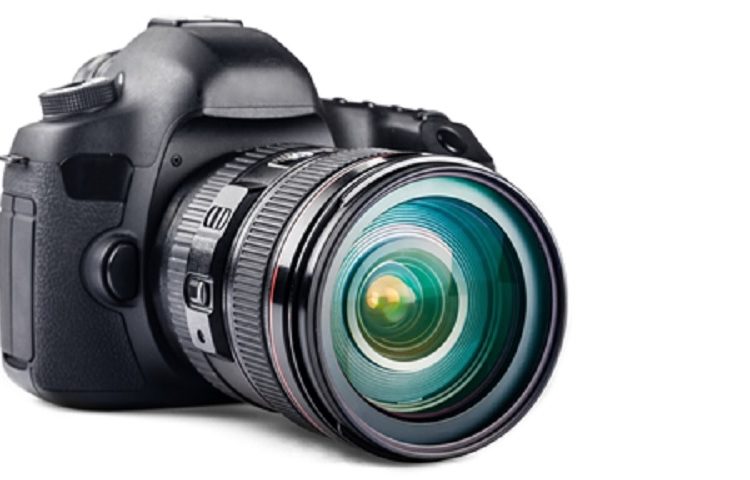Choosing the best portrait lens is not that difficult. All you have to do is keep an eye on the major parameters and then evaluate your selection based on those parameters. This discussion will teach us how to choose the best portrait lens for our camera. Let’s get started.
Focal length
The ideal focal length is between 85mm and 135mm. However, it is possible to shoot interesting portrait photography using focal lengths that are smaller as well as larger than that. You must remember the size of your camera’s sensor because the effective focal length will depend on that. Let’s elaborate.
Let’s say that you’re using an APS-C camera. The sensor’s crop factor makes a lens’ effective focal length longer than it is. The crop factor determines the effective focal length. For example, Canon’s APS-C cameras have a crop factor of 1.6x. Nikon’s APS-C cameras have a crop factor of 1.5x.
So, if you’re using a crop camera, you don’t need a lens with an actual focal length in that ideal portrait photography focal length. You can also use a shorter lens, and the crop factor will do the rest.
Maximum aperture
The maximum aperture of a portrait lens should beat at least f/2.8. That will ensure that the lens can capture a lot of light. This comes in handy when shooting in low-light conditions. The lens can capture a lot of light and never negates the need to push the ISO number too high.
But there is another benefit of a wider aperture: you can capture a shallow depth of field effect. This effect is very popular among portrait photographers. This helps them to blur out anything in the background and foreground and only capture a thin plane of focus.
You can capture a beautiful soft-focus effect known as Bokeh with some lenses.
Rounded aperture blades
Rounded aperture blades and a higher number of blades ensure the lens can create a soft-focus effect. Please note that the quality of the out-of-focus effect depends more on the shape of the blades than the actual number, so if the aperture blades are rounded, that makes a greater impact.
Image stabilization
Image stabilization is an important aspect of lens technology. If you’re using a DSLR system, your camera lens must have image stabilization to ensure that your hand-held images don’t turn out to be blurry. Most mirrorless camera systems come with body-based image stabilization that makes all compatible lenses image stabilized by default. With DSLR cameras, that’s not always the case. If you can buy either an image-stabilized version of a lens or one without image stabilization, go for the first one.

